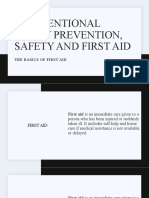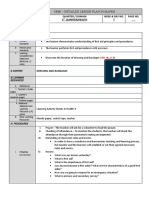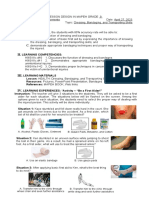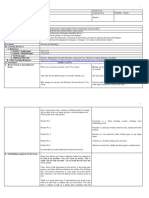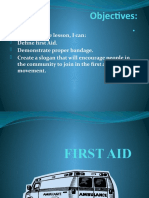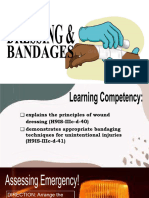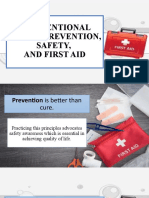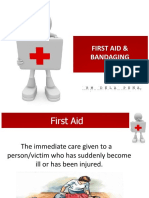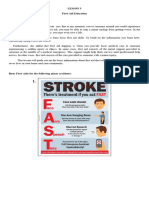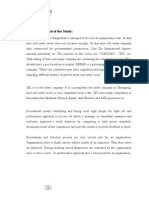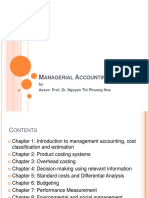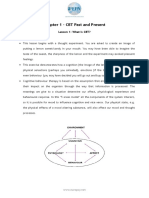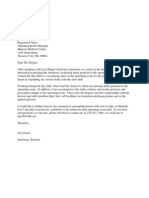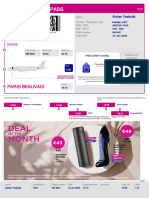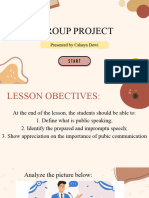0% found this document useful (0 votes)
44 views4 pagesHealth Q3 Weeks 3 4
g9 health
Uploaded by
Rexicuel DV MinasCopyright
© © All Rights Reserved
We take content rights seriously. If you suspect this is your content, claim it here.
Available Formats
Download as PDF, TXT or read online on Scribd
0% found this document useful (0 votes)
44 views4 pagesHealth Q3 Weeks 3 4
g9 health
Uploaded by
Rexicuel DV MinasCopyright
© © All Rights Reserved
We take content rights seriously. If you suspect this is your content, claim it here.
Available Formats
Download as PDF, TXT or read online on Scribd
/ 4




